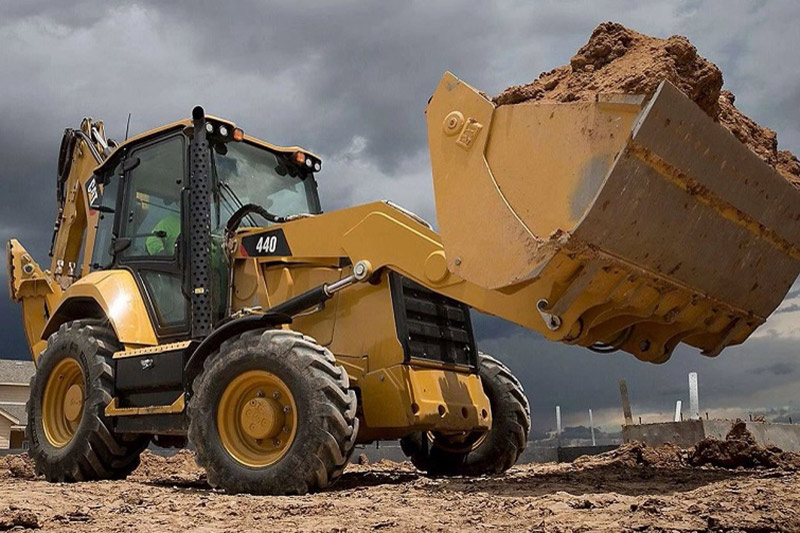
Speculated Tier 5 Emission Standards from the California Air Resources Board (CARB)
As California continues to lead the nation in progressive environmental policies, the California Air Resources Board (CARB) is expected to introduce the Tier 5 emission standards for off-road equipment in the near future. The move to Tier 5, a significant upgrade from the current Tier 4 standards, reflects the state’s ongoing effort to mitigate air pollution and combat climate change. In this blog, we will discuss what Tier 5 could entail, the industries it may impact, and the broader implications for California’s environmental goals.
Background on Tier Emission Standards
CARB’s emission standards have evolved over the past few decades, setting increasingly stringent limits on pollutants like nitrogen oxides (NOx), particulate matter (PM), carbon monoxide (CO), and hydrocarbons (HC). The current Tier 4 standards, implemented between 2008 and 2015, focus primarily on reducing NOx and PM emissions from diesel engines, particularly in off-road machinery like construction equipment, agricultural machinery, and industrial vehicles.
As a precursor to Tier 5, Tier 4 has already delivered substantial benefits, cutting emissions from diesel engines by 90% compared to pre-2008 levels. However, with California’s ambitious climate goals, such as achieving carbon neutrality by 2045, the state will likely adopt even stricter regulations under the anticipated Tier 5 standards.
Industry Impacts and Challenges
The introduction of Tier 5 will inevitably pose challenges for industries that rely on diesel-powered machinery, such as construction, agriculture, and logistics. Companies may face increased costs as they upgrade their fleets to comply with the new standards. However, the regulations will also drive innovation in cleaner engine technologies, potentially spurring advancements in electric and hybrid equipment.
Some industry leaders are already preparing for these changes by investing in low-emission and zero-emission alternatives. For example, major construction equipment manufacturers are developing electric excavators and loaders, while agriculture companies are exploring precision farming technologies that reduce the need for heavy machinery.
Broader Implications for California’s Environmental Goals
The anticipated Tier 5 emission standards align closely with California’s broader climate goals. With transportation being a major source of pollution, these regulations will play a crucial role in reducing the state’s overall emissions footprint. By pushing for cleaner technologies in off-road equipment, California can reduce both air pollution and GHG emissions, advancing its aim to achieve carbon neutrality by 2045.
Conclusion
While the exact regulations for the new Tier 5 emission standards have yet to be finalized, it is clear that CARB is committed to maintaining California’s leadership in environmental regulation. The forthcoming Tier 5 standards will likely drive significant advancements in emission control technologies and propel industries toward cleaner, more sustainable practices. Industries should prepare for tighter regulations and explore innovative solutions to meet these future demands while contributing to a healthier environment.
Need help with the voucher process?
Contact us today and let our experts handle the voucher process for you.